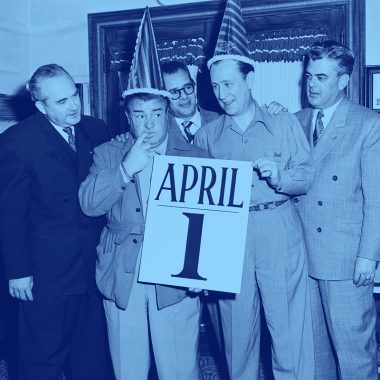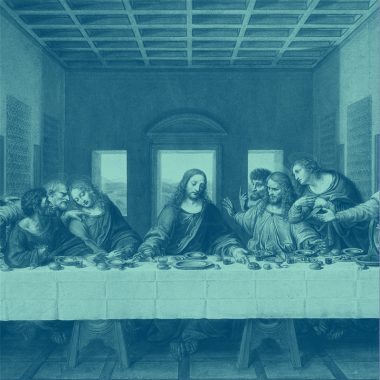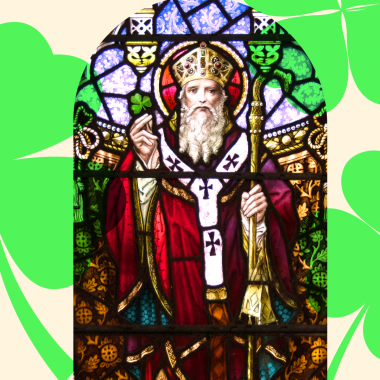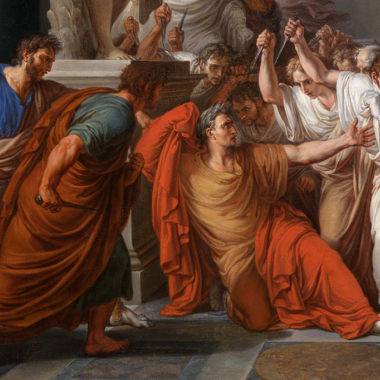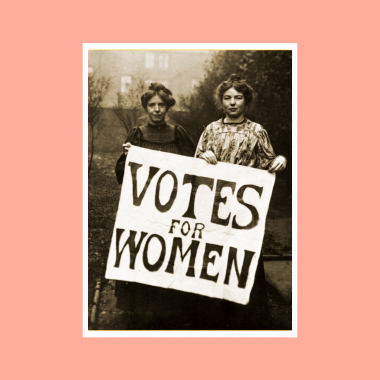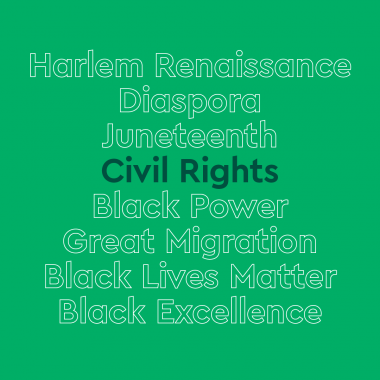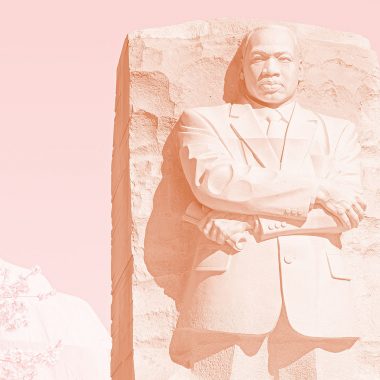Why Is Friday the 13th Unlucky?
Can you honestly say that you’ve never felt a slight pang of concern when waking up on the morning of Friday the 13th? You’re not alone. Maybe it’s triskaidekaphobia, the fear of the number 13, that gets you down. But, if 13s don’t bother you unless it’s Friday, you might be susceptible to what’s sometimes known as paraskevidekatriaphobia or friggatriskaidekaphobia, instead. Whether you plan on …



